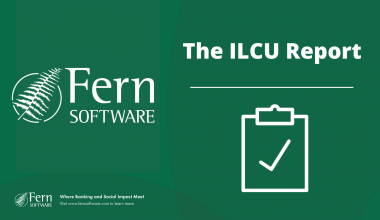The financial services industry has enabled banking tasks from just about any remote location with the touch of an app and a few keystrokes. For consumers, this has been a major convenience, especially for those residing in more rural areas. For banking institutions, this also offers the advantage of lower operating costs due to less overhead.
In order for branchless banking to be successful, there are some issues that must be addressed.
Fraud Prevention
Preventing fraud is always a top priority for branchless banking. As a result, a reliable identification process must be utilised. This can be usually be done through several types of security protocols. However, the question becomes if these methods are secure enough for high-value transactions This is where industrial-grade biometric scanners may need to be incorporated. For example, precise fingerprint identification to access remote terminals would be preferred over cards with personal identification numbers. This higher grade biometric can help prevent fraud, money laundering, as well as cyber crimes.
For remote access via mobile devices, banks must use multi-factor authentication with two or three different authentication actions. These include answering security questions, inputting codes to verify locations, and other queries that only account owners would know answers to.
Continuing reinforcement and education for customers on how to avoid breaches to accounts is also crucial. These include advice on recognising fraudulent e-mails, phone calls, and taking immediate action should unauthorised transactions appear on their accounts.
Secure Online Meetings
Physical bank branches are normally used for in-person meetings when it comes to more complex transactions such as mortgages and other loan agreements. In a branchless model, these meetings can be done online but protection from unauthorised listening is paramount. A secure internet connection with video conferencing that is highly encrypted would be a necessity to avoid unauthorised parties from eavesdropping in the connection.
Efficient Customer Service
Banking is a service-oriented industry, where customer service is a priority. However, with a branchless bank, there is always the challenge to provide effective customer service. This is where it is essential to have an avenue for the customer to be able to access help on demand. Artificial intelligence (AI)-enabled chatbots for simple transaction assistance and general questions can address this. However, for more in-depth assistance or complex transactions, the AI-enabled chatbot can give the option to connect to a live agent.
In addition, efficient customer phone support plays a major role to assist the customer in issues that cannot be effectively handled with messaging. Sophisticated service routing and seamless transfer requests are essential to meet these needs.
Potential Problems With Branchless Banking
Branchless banking is not without its obstacles and vulnerabilities.
1. Identity Authentication.
At physical branch locations, customers are easily able to verify their identity in person. However, in branchless banking, there can be vast uncertainty in knowing if the person at the other end is who they claim to be. Online security measures are always being exploited almost as fast as they are implemented.
2. Mobile Transaction Tampering
Transaction totals, origins, and destinations can be disguised. Fraudulent transactions can be conducted too rapidly to be discovered and stopped.
3. Inadequate Legal Oversight
The roles and responsibilities of telecommunications and financial regulators may lack clarity and negatively affect legal oversight.
The Future of Branchless Banking
The demand for mobile and online banking continues to skyrocket, thanks to improved internet connectivity, advances in mobile devices and software, as well as enhanced security measures. A study by Finder reports that an estimated 11.2 million new accounts would be opened by 2025, meaning that up to 23.3 million UK citizens would be using a digital only account by 2025.
Internet banking software to empower engaging online experiences for customers are continually in use and further development. These will continue to evolve and provide solutions in account and card management, transfers and payments, loan agreements, as well as finance management.






